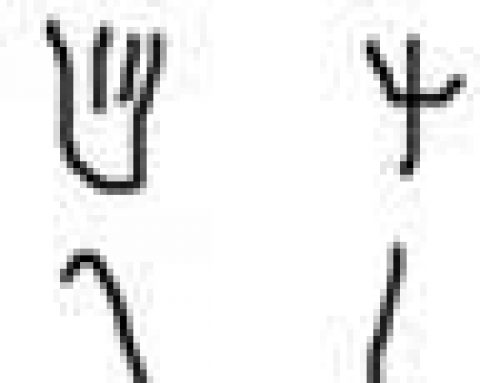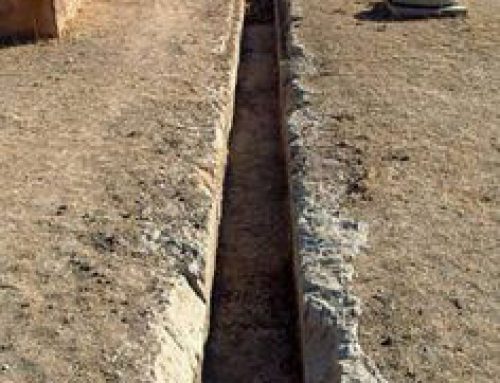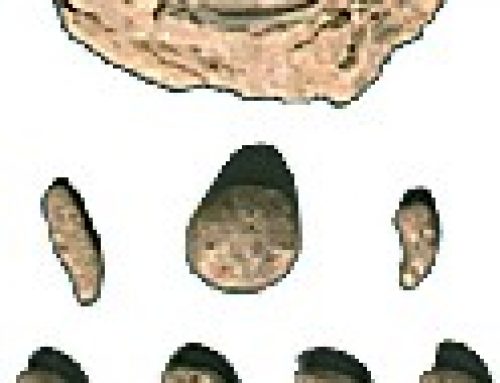
History of sheep: Scythian man milking a sheep (Ukraine, 400 BC)
Why are sheep important?
Sheep are an important part of the economy of North Africa, Europe, and West Asia even today. They were much more important long ago. People wore clothes made out of wool from the sheep, and they drank milk from the sheep and ate its cheese and its meat (lamb is the meat of baby sheep; mutton is meat from grown-up sheep, which is tougher and harder to chew). People wove tapestries for the walls, and knotted carpets for the floors, and warm blankets for winter, all out of sheeps’ wool.
Here’s a video of some sheep baaing
Where do sheep come from?
Sheep are native to West Asia. As soon as people came to West Asia from Africa, about 60,000 BC, they started hunting wild sheep with flint-tipped wooden spears and bows and arrows. But around the end of the Stone Age, about 10,000 BC, some people in West Asia began to keep tame, domesticated sheep for themselves. Probably people began to herd sheep because there were so many people living in the area, settling down and farming, that wild sheep were getting hard to find. It’s more work, and not as much fun, to herd sheep as to hunt them, but herding is a more efficient use of land. If you started by catching a few lambs in nets, and raising them to know you, it would be easy to domesticate sheep.
Shepherds and sheep
Sheep generally wandered around from one place to another, through the villages and around them, looking for grass to eat under the care of a shepherd. Often shepherds were children, sometimes groups of children. Joseph, for instance, was out tending the sheep with his brothers when his brothers sold him to the Egyptian slave traders. But sheep were also kept on a larger, more industrial, scale. Great herds moved around the lowlands in the rainy season of winter and spring, when there was plenty of grass. In the summer, when the grass died, these sheep moved up into the mountains, where it was cooler and there was grass. The new lambs were born at the beginning of winter, after the sheep moved back down into the lowlands again.

History of sheep: A sheep under an olive tree in Tunisia, North Africa
Sheep’s wool for clothes
At first people only kept sheep for their meat and their milk. These early sheep only had hair, like goats. They didn’t have any wool to make into clothes. But as people began to breed sheep to make them more useful, they began to breed them with longer hair, and gradually sheep got woolier. By around 3000 BC, you could spin sheeps’ wool and weave it into cloth. Even then, sheep had much less wool than they do today, after 5000 more years of breeding.
People also bred sheep to be much stupider than wild sheep, so they would be easier to watch over, and not try to get away. And they bred them to want to all stay together in one herd, which also made the sheep easier to watch over.
Did you find out what you wanted to know about the history of sheep? Let us know in the comments!
Learn by doing: Spinning Project
More about Wool
More about West Asian food
Bibliography and further reading about sheep:





Ok so not wild sheep but we used to farm Dartmoors, so moorland sheep so assumed to be closer to wild sheep. They are genuinely so stupid its unbelievable how theyve survived. Our move domesticated lowland sheep? so much cleverer they have a much higher chance of suviving
As a keeper of sheep and fiber artist for over 40 years, I would suggest you learn a little more about sheep before you publish the comment ‘People bred them much stupider than wild sheep’.
Many sheep are smarter than people, which is probably why they don’t like them.
Maybe sheep are smarter than people, but are they smarter than wild sheep?